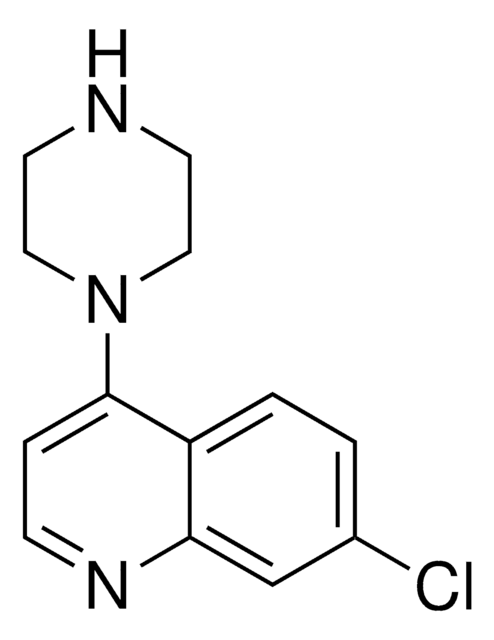481378
Allyl chloride
Synonym(s):
3-Chloro-1-propene, Chlorallylene
About This Item
Recommended Products
vapor density
2.6 (vs air)
Quality Level
vapor pressure
20.58 psi ( 55 °C)
5.71 psi ( 20 °C)
Assay
98.0% (returnable containers)
expl. lim.
11.2 %
refractive index
n20/D 1.414 (lit.)
bp
44-46 °C (lit.)
mp
−130 °C (lit.)
density
0.939 g/mL at 25 °C (lit.)
storage temp.
2-8°C
SMILES string
ClCC=C
InChI
1S/C3H5Cl/c1-2-3-4/h2H,1,3H2
InChI key
OSDWBNJEKMUWAV-UHFFFAOYSA-N
Looking for similar products? Visit Product Comparison Guide
Packaging
Signal Word
Danger
Hazard Statements
Precautionary Statements
Hazard Classifications
Acute Tox. 4 Dermal - Acute Tox. 4 Inhalation - Acute Tox. 4 Oral - Aquatic Acute 1 - Carc. 2 - Eye Irrit. 2 - Flam. Liq. 2 - Muta. 2 - Skin Irrit. 2 - STOT RE 2 - STOT SE 3
Target Organs
Nervous system,Liver,Kidney, Respiratory system
Storage Class Code
3 - Flammable liquids
WGK
WGK 2
Flash Point(F)
-25.6 °F
Flash Point(C)
-32 °C
Personal Protective Equipment
Choose from one of the most recent versions:
Already Own This Product?
Find documentation for the products that you have recently purchased in the Document Library.
Our team of scientists has experience in all areas of research including Life Science, Material Science, Chemical Synthesis, Chromatography, Analytical and many others.
Contact Technical Service










